There's no need to be intimidated by the prospect of buying a second-hand EV, given the wealth of dealer and aftermarket resources on offer to advise and support owners taking their first steps into the world of electrification.
The nature of their powertrains, performance and construction, however, does mean that the process for identifying a good one isn’t the same as for a combustion-engined car. There’s no oil to dip, clutch to test or coolant to check here.
EV guide part one: every electric car rated | EV guide part two: your questions answered
Battery degradation
The biggest difference, and the aspect that understandably scares off some would-be buyers, is the battery. Batteries lose charge over their life, which has made some buyers afraid to buy pre-owned ones. But as long as you consider your range needs, you shouldn’t have much to fear.
It’s true that turn-of-the-decade EV pioneers couldn’t travel as far on a charge as their present-day descendants and will have lost some of that battery capacity as the years have gone by and their batteries have aged. The typical battery loses around 2% of its charging capacity each year, which is why most 2011-reg Nissan Leafs have lost about 5-8% of their original range.
Just how much the car’s range has depleted has a lot to do with how it has been treated by its previous owners. Excessive use of rapid chargers isn’t conducive to optimal battery performance, nor is always charging to full or discharging below 20%. There are two extremes, however, and low-mileage EVs have been known to suffer as a result of insufficient charging.
It’s relatively easy to check a battery’s health, because most EVs have a clear range indicator. An early Leaf is now likely to have only 13 of its 14 indicator lights illuminated when fully charged, for example. It’s harder to tell a Renault Zoe’s battery capacity; you need a dealer to interrogate the vehicle’s software. But ignore scare-stories about having to splash out thousands on a replacement battery pack, since it’s possible to buy replacement cells for a few hundred pounds that will restore the lost capacity.
What to watch out for
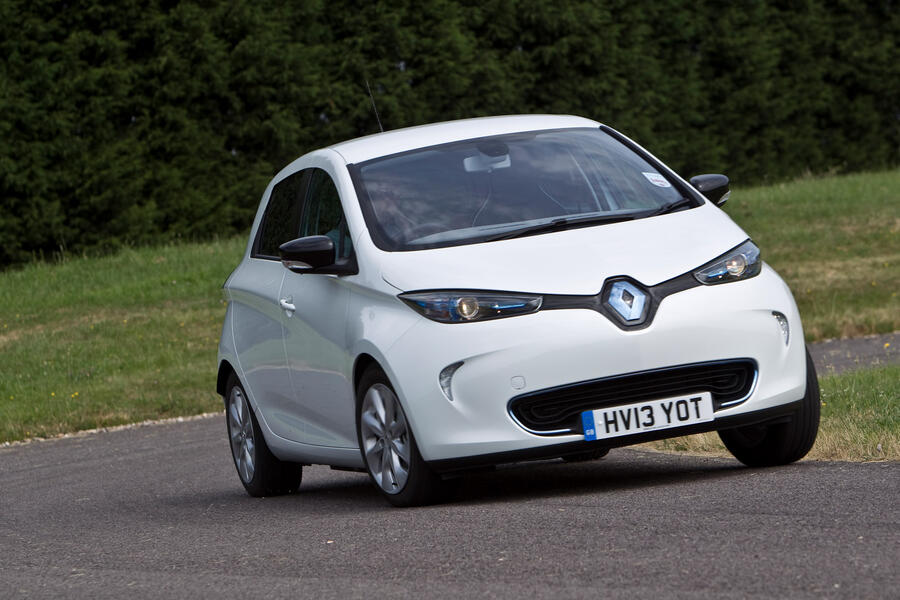
Only buy a used EV that has a full service history, because this guarantees that it has received all of its software updates. The battery may still be under warranty, too. Check all the electronics and infotainment functions work. Make sure all the charging leads are present, because replacements are expensive, and pay particular attention to the regenerative braking, because worn brake components suggest the car has been driven hard.
With some early EVs, you have to lease the battery separately, unless the finance has been settled and it’s now included in the car’s selling price. Advertisements aren’t always clear about whether the price of a used EV includes the battery or whether it must be leased, so be sure to ask at the outset. The difference in upfront cost can be stark: a 2015-reg Zoe 22kWh i Dynamique Zen with 23,000 miles and the battery included is £10,995, compared with £7995 for a same-age, similar-mileage Zoe 22kWh Dynamique Nav whose battery must be leased. Lease deals vary in price, typically depending on mileage and term, with monthly payments for a Zoe lease starting from around £50.
EV OWNERS' EXPERIENCES
Nissan Leaf 30kWh Tekna - Andrew Freeman: I’ve owned this car for three and a half years and driven 39,500 miles in it. I love it – and how much money it has saved me.
Most EV owners say the same things about why they love their cars: the instant torque and linear power delivery stand out. But I’d add one thing: I thought I’d be getting used to the car and looking to replace it, but I still love driving it. It feels special.
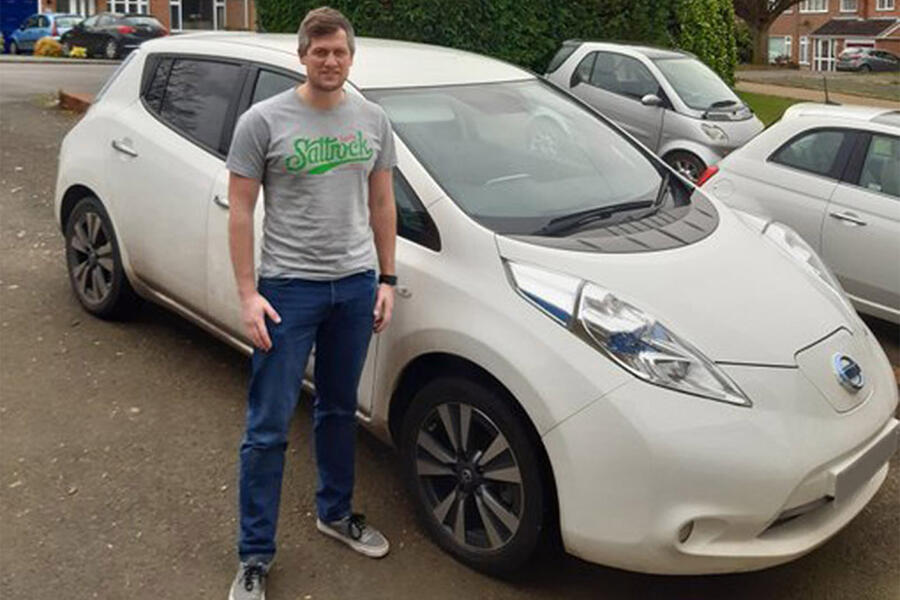
I do hate the feeling of range anxiety as the charge ticker runs down, though, and you can’t trust all public chargers. You don’t have that doubt with a petrol car, so we take our 12-year-old Nissan Micra on longer journeys.
The best advice I could give anyone considering buying an EV would be to buy one that has thermal management of its batteries to ensure best range; to buy a car with at least a 50kWh battery capacity and 100kW rapid-charging capability; and to insist on a test drive of at least 24 hours. You need to know if the car will fit into your life.
Tesla Model 3 Performance - Chris Thomson: I’ve driven an EV since 2014. I had two Nissan Leafs and a Renault Zoe before switching to the Tesla, in which I’ve covered 5000 miles in five months now.
I love the way EVs drive and the instant torque away from traffic lights. The performance and long-distance capability of the Model 3 are exceptional. The silence and refinement mean a £25,000 Nissan Leaf can feel as comfortable as a Mercedes S-Class.
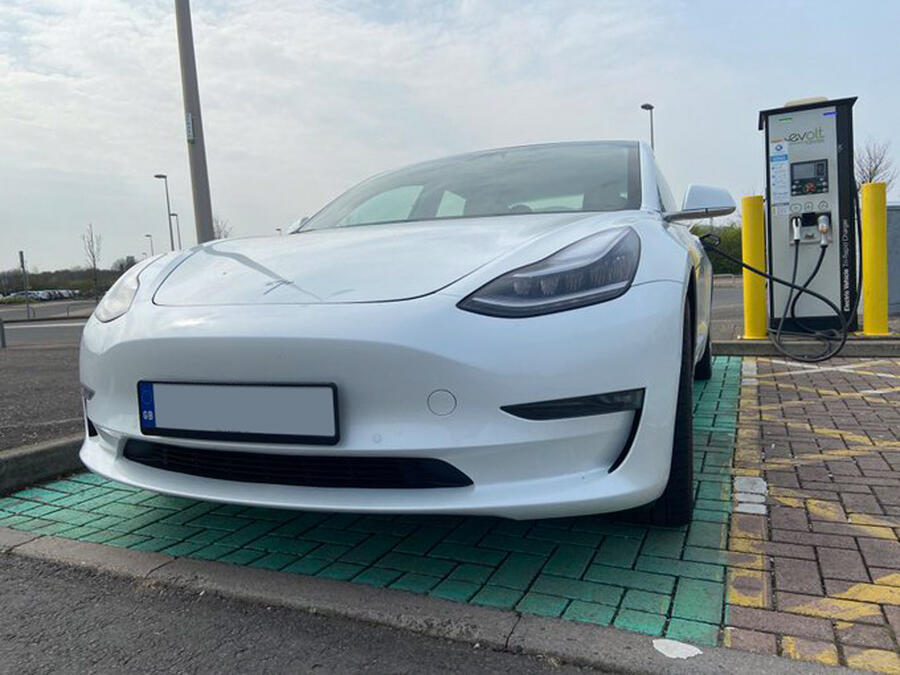
The main surprise is how easily an EV can slot into your daily life, if your profile suits. It’s also easy to cover long distances with the Tesla Supercharger network. A lot of people would be surprised if they ran an EV for a week or two. Apart from the higher-than-average purchase cost, they are incredibly cheap to run and maintain.
These days, I’d struggle to highlight a complaint. I feel a bit spoilt now with the Superchargers but, with previous EVs, the unreliability of the public charging network meant I never bothered attempting to use an EV for long distances.
Hyundai Ioniq Electric 30kWh Premium - Robert York: I bought our 68-plate Ioniq Electric second hand in May 2019. We’ve done 17,000 miles, mostly on the motorway. I knew what I was getting into, because our previous car was a 22kWh Renault Zoe, which I’d run since 2016 from new. It brought me back to car ownership after about 10 years of living without one.
The Ioniq stands out for its efficiency. In summer, I get 150-160 miles from a charge; in winter, I still get 100-110 miles. It’s always enough. I love driving the Ioniq, and I’d echo what almost every EV driver says about it being quiet, smooth and relaxing to drive.
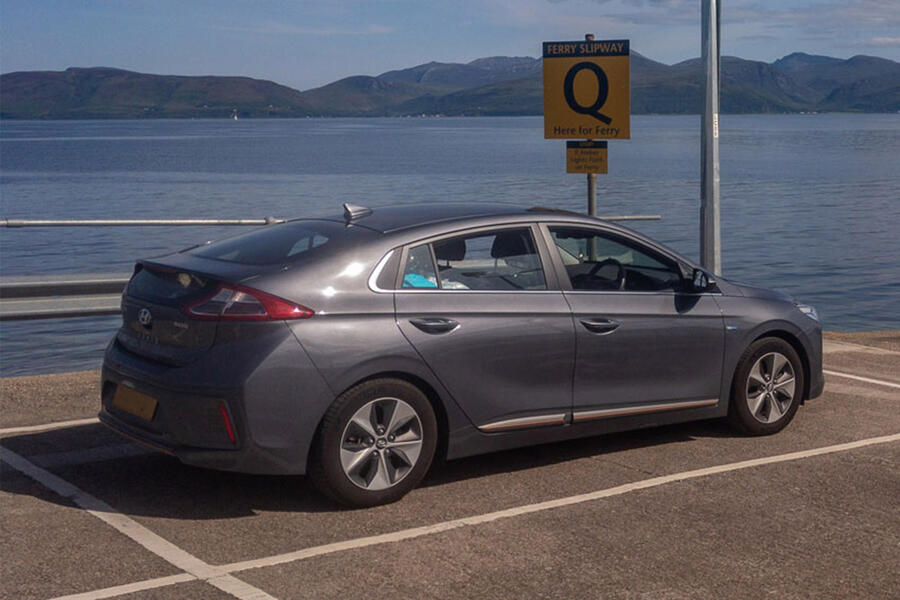
People should try these cars, because the upsides are quite considerable. I will avoid buying an ICE car again; it would be like turning back the clock on the progress I’ve made.
There are compromises: on long journeys I have to stop and fill up more often than in an ICE car. But it’s worth noting how far the charging network has come in four years; I’ve done a driving holiday in Scotland, 2000 miles in two weeks, with no trouble.
READ MORE
Ultimate EV guide: Every electric car rated
Ultimate EV guide: The big questions answered

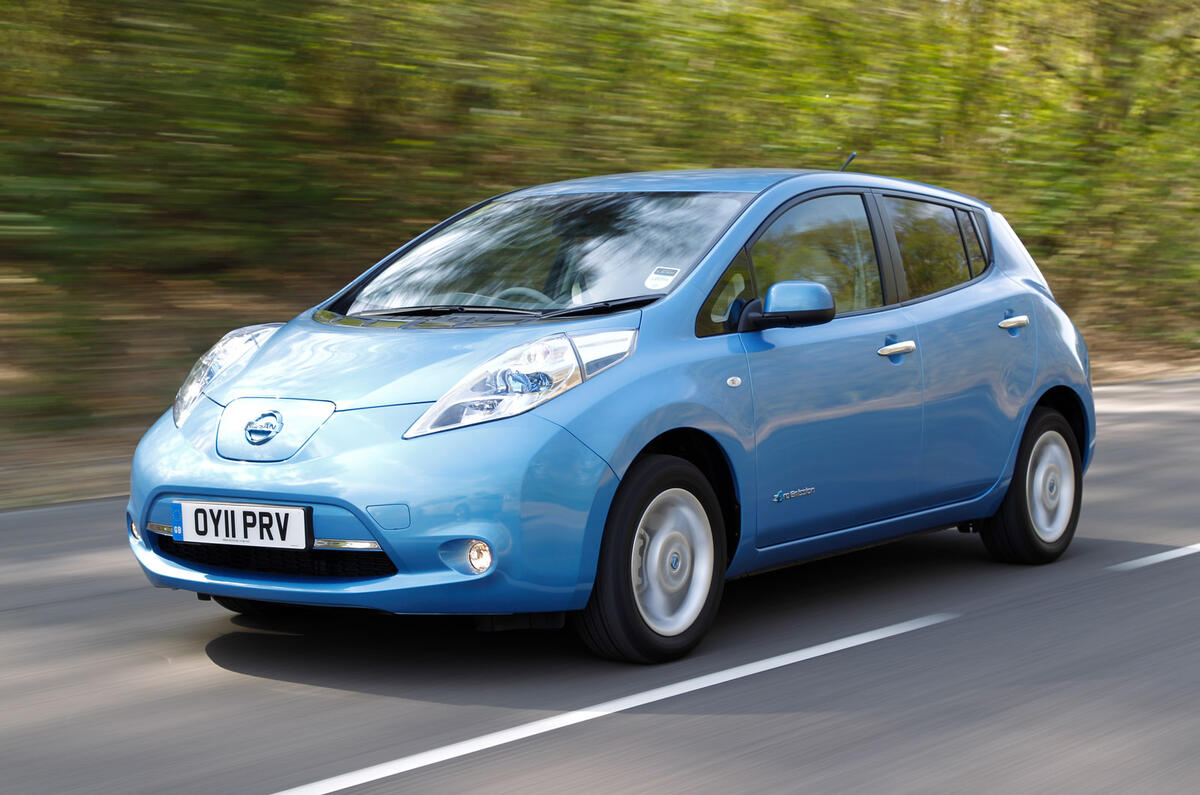


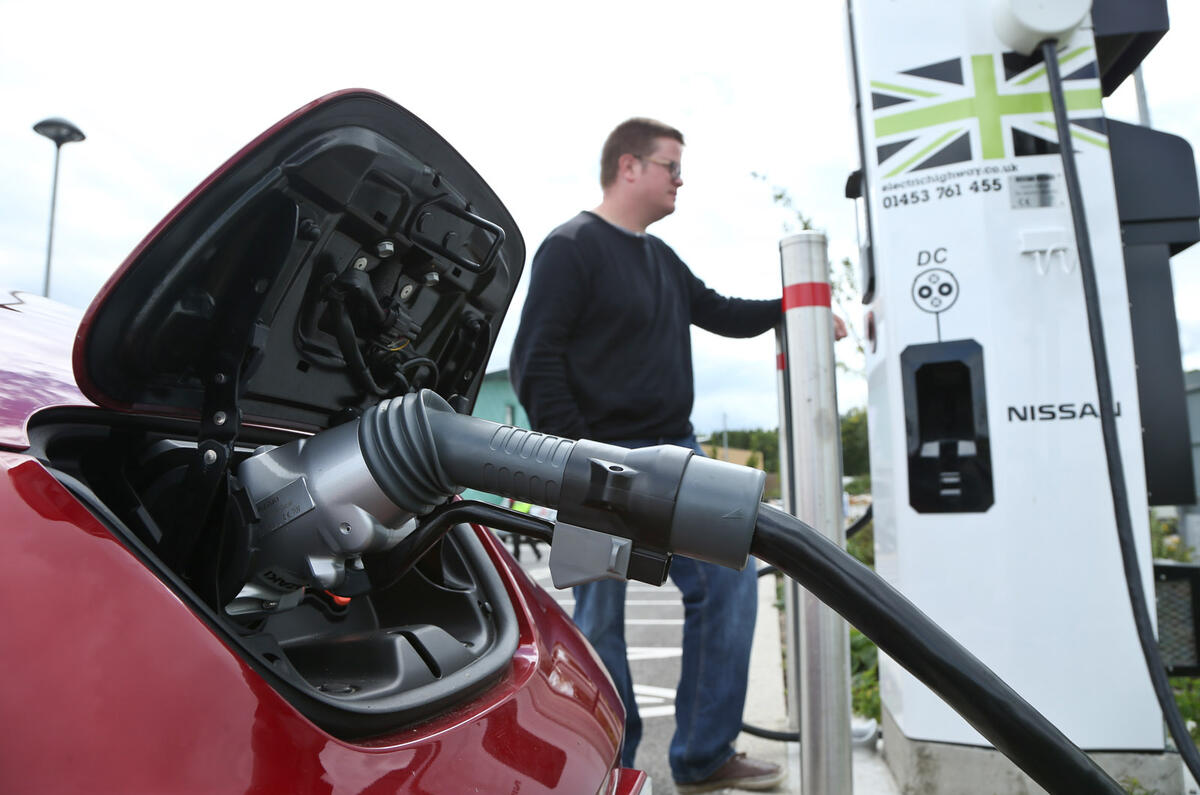
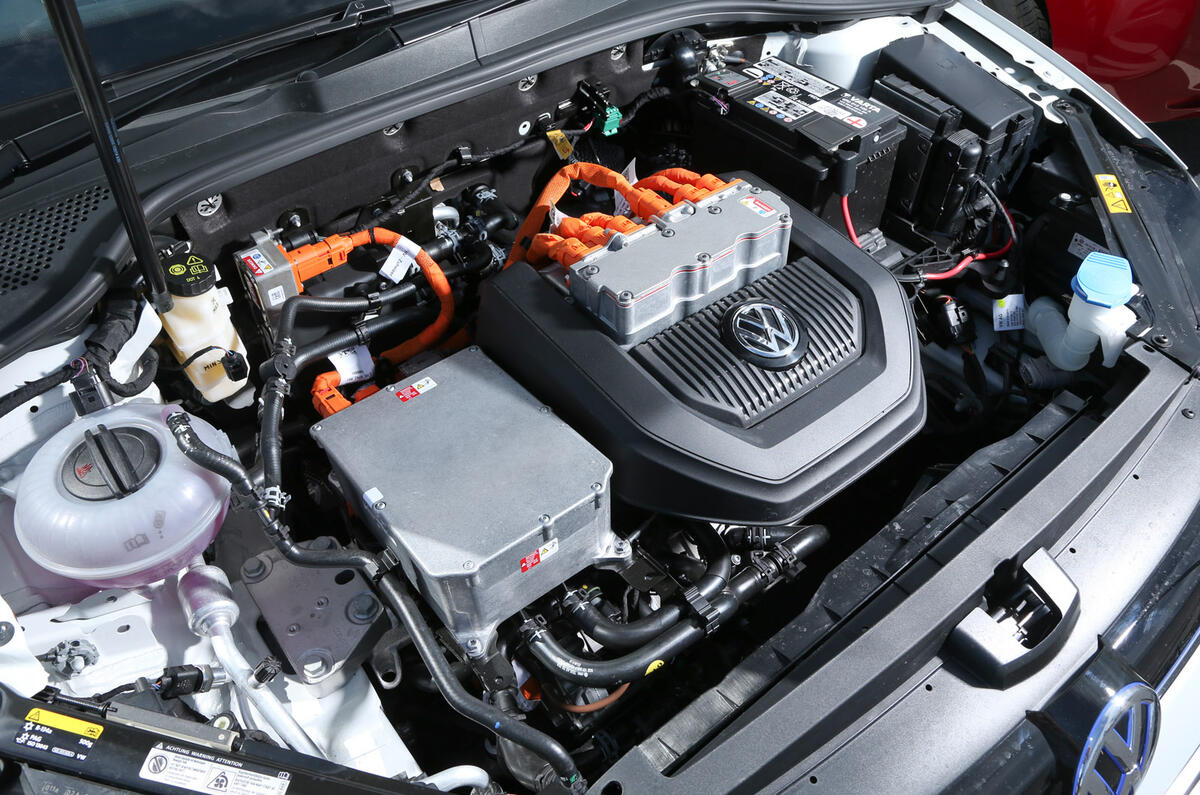
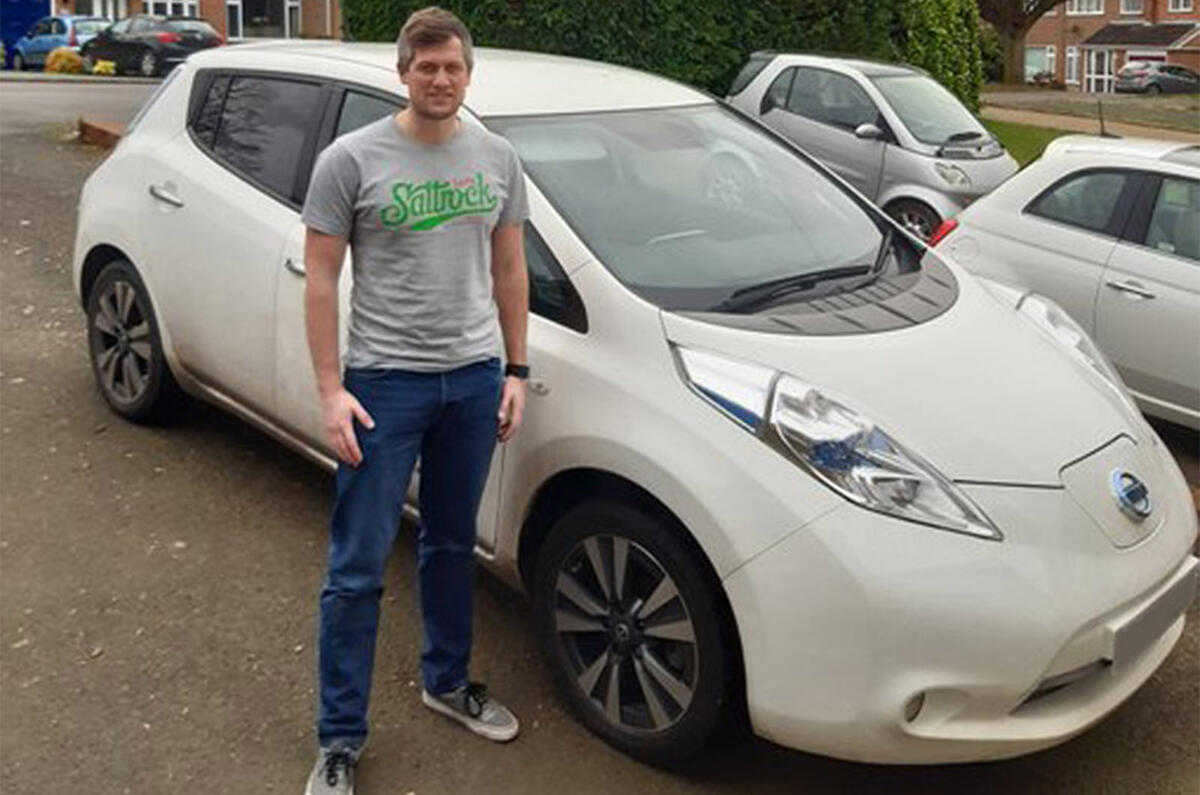
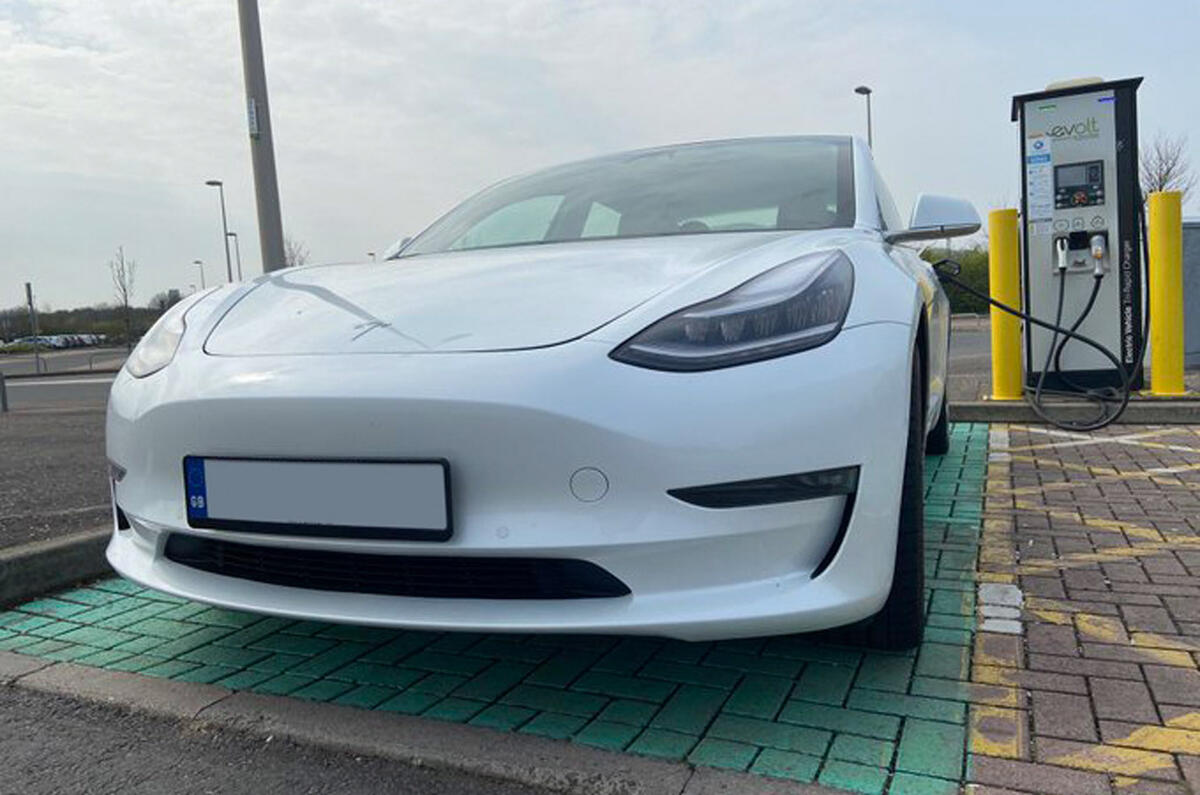

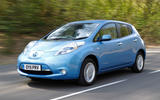
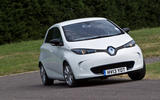


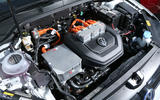

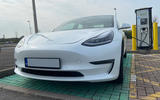
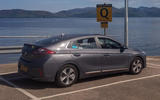




Join the debate
Add your comment
How did this get published?
"The typical battery loses around 2% of its charging capacity each year, which is why most 2011-reg Leafs have lost about 5-8% of their original range."
According to your own logic this should be 16- 18% depletion.
"Just how much the car’s range has depleted has a lot to do with how it has been treated by its previous owners. Excessive use of rapid chargers isn’t conducive to optimal battery performance, nor is always charging to full or discharging below 20%. There are two extremes..."
You mean like someone using them like a normal car? And how is charging to a full battery considered extreme?
"and low-mileage EVs have been known to suffer as a result of insufficient charging."
So, running them like a normal car = bad. Doing low mileage in them = bad. Gottit.
"It’s relatively easy to check a battery’s health, because most EVs have a clear range indicator. An early Leaf is now likely to have only 13 of its 14 indicator lights illuminated when fully charged, for example. It’s harder to tell a Zoe battery capacity; you need a dealer to interrogate the vehicle’s software. But ignore scare-stories about having to splash out thousands on a replacement battery pack, since it’s possible to buy replacement cells for a few hundred pounds that will restore the lost capacity."
Does that last sentence refer to the Zoe or all BEVs in general? Because I suspect it is deliberately obscure to suggest a normal person can replace the batteries in a BEV with little fuss. But this isn't true.
Autocar - you have just convinced me to stay away from these overpriced shopping trollies. Face it - the technology isn't there yet. These are rich person's toys that, when produced in their millions, and then scrapped in their millions a few years later, do more harm than good to the environment. The owner experiences seem to suggest they need two cars (rather than one) per family to make them worthwhile... how is this progressive?